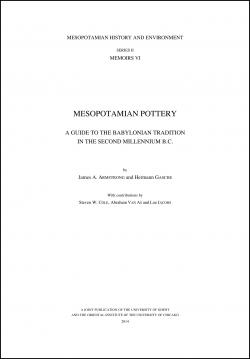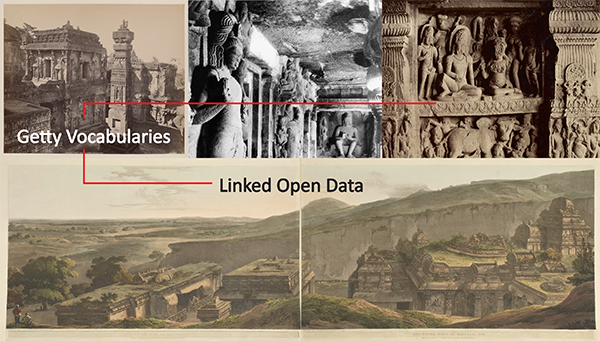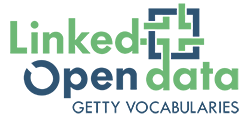Jew and Judean: A Forum on Politics and Historiography in the Translation of Ancient Texts
August 26, 2014
Have scholars erased the Jews from Antiquity?
 The Marginalia Review of Books aims
to host conversations about serious books and important ideas. Taking
advantage of the opportunities supplied by new media, we
are providing space for constructive debates on the questions that shape
how we understand the world.
The Marginalia Review of Books aims
to host conversations about serious books and important ideas. Taking
advantage of the opportunities supplied by new media, we
are providing space for constructive debates on the questions that shape
how we understand the world.
Adele Reinhartz’s essay in MRB on June 24 set off a vibrant discussion in the comments section and in the MRB editors’
inboxes. The range of responses to the piece dotted the spectrum from
full support to indignation, proving that a sizable readership wanted to
debate these ideas further. The forum is released today only two months
after the Reinhartz essay thanks to the good will and the efficiency of
the participants. The essays, beginning with Reinhartz’s original piece
and concluding with her response to the collection, investigate the
political and historiographical considerations involved in the
translation of ancient texts, in particular how modern translators and
historians ought to deal with the translation of the Greek word ioudaios (Ἰουδαῖος).
Along with the forum, MRB is excited to release an e-book
version of the discussion free for our readers. We hope that you will
read and share with as many people as you wish, and we hope it becomes a
resource for use in seminars, classrooms, and other group settings. You
can download the e-book in epub format (most readers) or in mobi format (Amazon Kindle). — Timothy Michael Law
※
Adele Reinhartz
I am
alarmed by the growing invisibility of Jews and Judaism in English
translations of ancient texts and scholarship about them. The use of
“Judeans” to translate all occurrences of ioudaioi achieves
neither the scholarly precision nor the ethical high ground that
scholars claim. On the contrary, the proliferation of Judeans
inadvertently creates confusion and misunderstanding and merely
sidesteps the issue without addressing the anti-Jewish or even
anti-Semitic potential of texts such as the Gospel of John.
Steve Mason
All humanities disciplines invite us to
explore the possibilities of human existence, but history opens the door
to conditions that have really existed before our time. No one should
be naïve enough, however, to think that we can simply enter the distant
past as it really was, for it does not exist now. The vehicle that takes
us there we construct today. We pose our questions about the past and
gather any surviving evidence that seems relevant.
…
The problem of translating with sensitivity to ancient contexts is basic to the research and teaching of all ancient historians.
Daniel Schwartz
The question whether we should use “Jew”
or “Judean” when writing about antiquity should, I assume, be approached
no differently than other questions concerning the use of our modern
English vocabulary for ancient phenomena. Just as we normally look at
the evidence concerning antiquity and, when turning to describing what
we see, strive to choose the English words that best correspond to what
we see, so too in this case.
Annette Yoshiko Reed
At first sight, the debate might seem to
pivot on the choice between Mason’s search for the most accurate English
equivalent of the term’s meaning in the first century and Reinhartz’s
concern to tailor its translation to the understanding (and potential
misunderstandings) of present-day readers. Yet the ramifications are
also much wider. Just as Mason shows how the translation of a single
term can engage the very nature of identity in the ancient world, so
Reinhartz also calls us to critical reflection concerning the degree to
which modern historical research can be isolated from its own historical
contexts. Rather than arguing for one side or another, I would thus
like to push further on both fronts — in part by asking what we miss
when we plot the different meanings of ioudaios along a straight line towards the concept of “Judaism” as “religion.”
Joan Taylor
To say, as Malina does, that a “Jew” is
an anachronistic category in the first century erects a wall between
modernity and antiquity. I do not want to sever Jesus from the
designation “Jew” and insist on it being
relevant only to a later time, because that might sever him from a
Judaism today that embraces diversity within its past. To say that Jesus
was a Jew is not to say that he was a Jew as the rabbis would define
that term but a Jew as one might define him in the first century.
Malcolm Lowe
If a word — or some use of that word — is
lacking in ancient sources before a certain date, we should be cautious
both about assuming and about denying that it existed in earlier
times. Moreover, we should beware of assuming that if a word or use of a
word is not found in ancient authors, then those authors did not have
the concept denoted by that word.
Jonathan Klawans
Is it really the case that the
translation “Jew” has done great harm? If I am not mistaken, the
question about “Jew” and “Judean” is, as it is taking place here,
primarily an English-language question. Far be it from me to deny the
influence of anti-Semitism in the English-speaking world. But let’s
be frank: on the whole, Jews have been and continue to be rather safe
wherever the English language is spoken, even though all the Bibles talk
about Jews.
Ruth Sheridan
It is not sufficient to say that
subsequent Christian interpreters of the Gospel of John mistakenly
identified the narrative’s “Jews” with real flesh-and-blood Jews living
among them — with disastrously violent consequences — and that they misinterpreted
John’s sense. It is also not enough to claim, on that basis, that the
imperative facing us now is to “restore” the correct meaning (the
entho-geographic one) to the text, translating hoi Ioudaioi as “the Judeans.” This avoids the fact that texts do carry
within them the potential to become loosed from their authorial
moorings and to reach beyond the particularities of their original
reception.
James Crossley
The ioudaios debate is an
especially good example of the impossibility of escaping ideology, no
matter how disinterested a given scholar might be and no matter how
unware a scholar might be. We have seen how easy it is to detect what we
might crudely label “pro-Israel” and “anti-Israel” stances, ethical
concerns about anti-Semitism, and a marginalizing of Palestinian
concerns. Of course, there are genuine concerns about the pervasiveness
of ideology for academic research. But we can perhaps calm some of these
fears.
Adele Reinhartz
While not all participants in the Forum
explicitly address anti-Semitism or its seemingly more benign variant,
anti-Judaism, I believe that all recognize that the ioudaios question
does have implications for this sensitive issue. As some of the
responses note, the question of translation may matter less when readers
have ready access to commentaries and more in the case, for example, of
New Testaments that are used liturgically and therefore, in most cases,
without commentary.














Allen, Thomas George, b. 1885






 The Marginalia Review of Books aims
to host conversations about serious books and important ideas. Taking
advantage of the opportunities supplied by new media, we
are providing space for constructive debates on the questions that shape
how we understand the world.
The Marginalia Review of Books aims
to host conversations about serious books and important ideas. Taking
advantage of the opportunities supplied by new media, we
are providing space for constructive debates on the questions that shape
how we understand the world.







